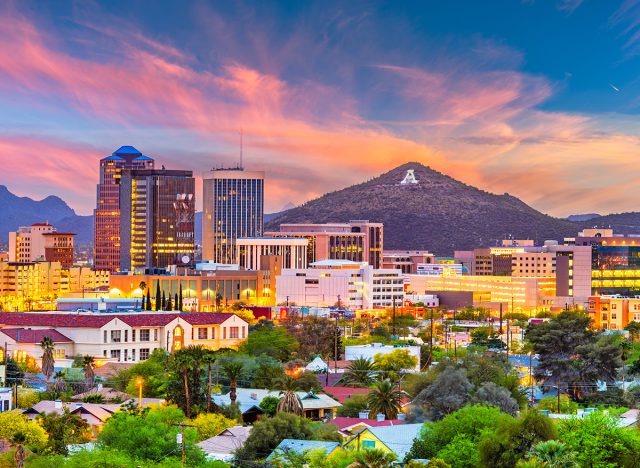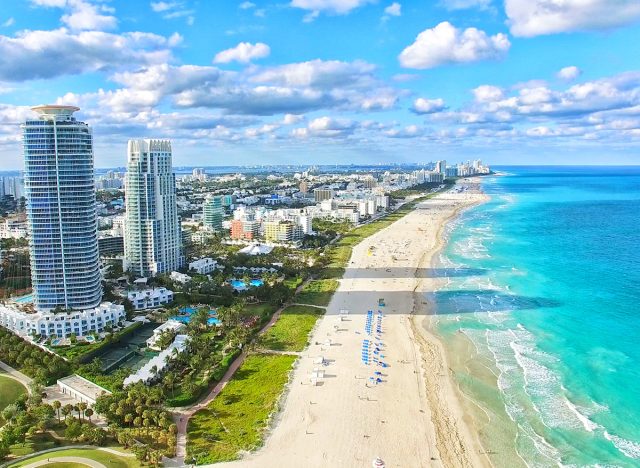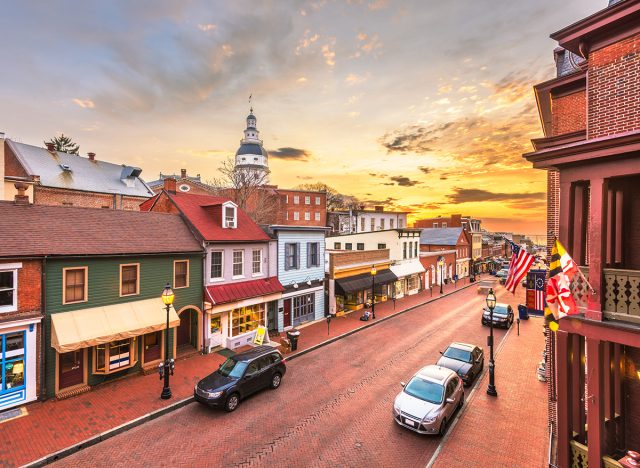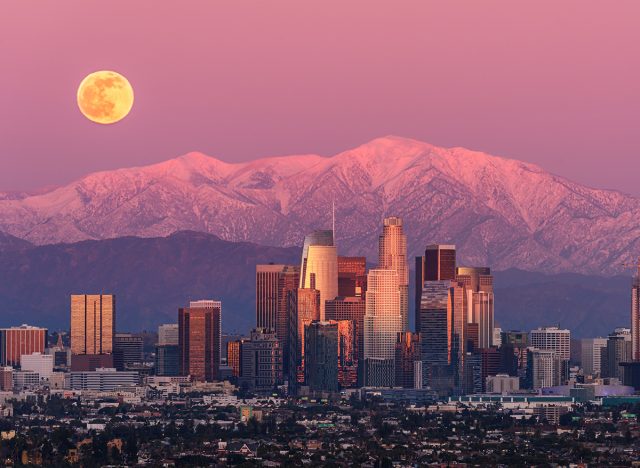Top 10 States Obsessed With Gaining Muscle—Ranked

It's safe to assume that states like California, Florida, and New York boast some of the fittest individuals in the country. But have you ever wondered where the most muscle-driven people live? A new study has revealed the 10 states where people are more concerned with muscle gains than anything else, and you might be surprised by the findings. Fitness experts at SET FOR SET analyzed muscle-related search terms in every state, including 'how to build muscle' and 'how to gain muscle' as well as supplements such as 'creatine' and 'buy whey protein.' "While fitness goals vary from person to person, it's interesting to see which states are more focused on building muscle – not to mention, half of the states reside on the East Coast," says a spokesman for the company in a press release. "The findings are an excellent demonstration of different approaches to the same end goal – while certain nutrients, such as protein, are key for muscle growth, there are various ways to incorporate this into your routine and lifestyle. For example, residents of New York opt for protein shakes for convenience, but Maryland citizens prefer to cook high-protein meals; despite being slightly different methods, both will achieve the same desired results."
New Jersey

In tenth place is New Jersey with an average of 945.09 monthly Google searches per 100,000 citizens. "Creatine" and "vitamin D" were popular search terms.
Arizona

Arizona landed ninth place, with an average monthly search volume of 955.70 per 100,000 people. The most searched terms in this state were "creatine" followed by "vitamin D."
Related: 2 Best Banana Recipes For Weight Loss
Nevada

Nevada landed eighth place, with an average of 966.74 monthly Google searches for every 100,000th citizen. "Foods high in protein" was a popular search term in the state.
Florida

Florida ranked seventh, with an average search volume of 970.81 each month for every 100,000th person. "Whey protein" searches were plentiful in the Sunshine State.
Maryland

Maryland came in sixth place with an average monthly search volume of 973.67 per 100,000 citizens. "High protein foods" was a popular search term.
Texas

Everything's bigger in Texas, including muscles. The state averaged 1019.93 average monthly Google searches per 100,000 people with "vitamin C" being a popular search term.
Related: 3 Simple Secrets to Getting Lean While Eating What You Love
Illinois

Illinois came in fourth place, with an average of 1063.90 monthly Google searches for every 100,000 citizens. One of the popular search terms was "protein," which is vital for muscle gains.
New York

In third place is New York with an average monthly search volume of 1066.38 for every 100,000th person. One of the most popular search terms was "protein powder" in the state.
Massachusetts

A surprising second, Massachusetts boasted an average of 1078.69 searches each month per 100,000 citizens. "Vitamin D," a supplement that reduces pain, increases muscle protein and fibers, and decreases the risk of fractures, was one of the most popular search terms.
Related: The #1 Thing to Eat for Weight Loss, Says Woman Who Dropped 50 Pounds
California

California topped the muscle mass driven list with an average monthly search volume of 1091.28 per 100,000 people. The most popular search term in the Golden State was the energy-infusing, muscle growth supplements "creatine."
What State Came in Last?

Alaska has the lowest demand for muscle gains, according to a survey with an average search volume of 584.57 for every 100,000th person.
What Is the Most Googled Muscle-Related Term?

Out of all the muscle-related search terms, "creatine" is the most popular with an average monthly volume of 963,310, followed by "vitamin D" with 649,175 and then "protein powder" with 452,170.
💪🔥Body Booster: States with a bigger overall population and major metropolitan cities seem to be more muscle-driven than smaller states and those in the middle of the country.




